Hai Duong, past and present, is West Hai Phong with a rich cultural tradition, famous as a land of learning and mandarin. This is also the place that nurtured many talented people who contributed to the country.
After merging with Hai Phong to become Hai Phong city, the enduring cultural underground of the Eastern Region has become an endogenous strength so that after 80 years of the country's founding, Hai Phong today has become a city with the most vibrant economy in the North, dynamic, modern while still preserving and conserving long-standing cultural values.
Continuing the underground stream from the land of mandarins and rich heritage
Dong-Hai Duong has long been famous as a land of learning. Hai Duong's tradition of learning and passing exams is associated with 486 doctors (in feudal times). Mo Trach village (Tan Hong commune, Binh Giang district, old Hai Duong) had 36 people who passed the Confucian doctorate exams in feudal times, including 1 first-class doctorate and 11 second-class doctorates. This place is famous in history as the only doctoral village in Vietnam, the "doctoral village."
That tradition is not only recorded in history books but also preserved through relics.
According to Mr. Ha Quang Thanh, Head of Cam Giang Relic Management Department, Con Son-Kiep Bac Relic Management Board, the Mao Dien Temple of Literature, a special national relic built during the Le So Dynasty (15th century), now located in Mao Dien commune, is still preserved and promoted as a testament and a typical symbol of the tradition of studiousness and respect for teachers of the Eastern region.
The eastern fence area of the ancient Thang Long Citadel is also considered the cradle that nurtured talents for the country, outstanding cultural celebrities who contributed significantly to the thousand-year history of the nation's civilization. Typical examples include: Vice-Chancellor of the Imperial Academy Chu Van An; Two-Country Champion Mac Dinh Chi; National Hero, World Cultural Celebrity Nguyen Trai; Great Physician, Imperial Student Tue Tinh...
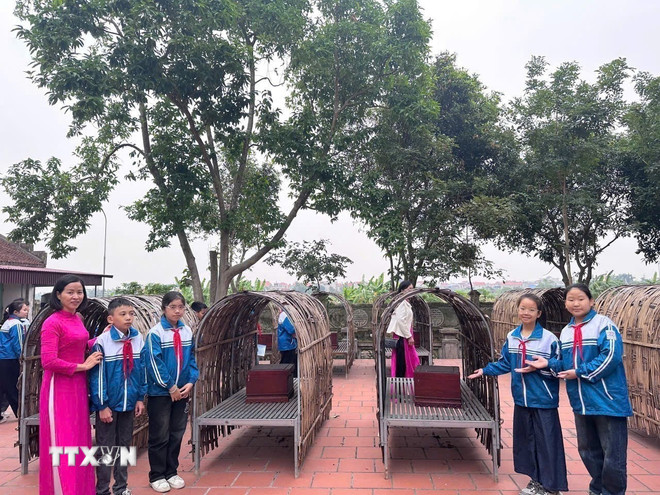
Ancient Hai Duong also possessed a rich and diverse cultural heritage with more than 3,000 relics. Many traditional festivals have been included in the list of National Intangible Cultural Heritage by the Ministry of Culture, Sports and Tourism such as: Con Son Festival, Kiep Bac Festival, Trinh Xuyen Communal House Festival, Tranh Temple, Cao An Phu Temple Festival...
In recent times, festivals have been added and upgraded.
Along with the ups and downs of history, the tradition of studiousness and the desire for development, like a silent and enduring source, has created the identity of the Eastern people. After 80 years of the country's founding, the old Hai Duong (now West Hai Phong) has transformed strongly, becoming one of the dynamic development centers of the Red River Delta region and making an important contribution to the development of the country.
Before the merger, Hai Duong had impressive achievements. In 2024, economic growth reached 10.2%, ranking 6th in the country and 3rd in the Red River Delta. The province's economic scale reached more than 212,000 billion VND, continuing to rank 11th in the country. GRDP per capita in the area reached 107 million VND/person/year, ranking 8th in the Red River Delta.
By May 2025, there will be 27 countries and territories investing in the province with a total of 614 projects, with a total registered investment capital of more than 11.1 billion USD.
Key education is always at the top of the country. In the 2024-2025 school year, the old Hai Duong ranked 5th out of 63 provinces and cities nationwide in terms of the number of national excellent student awards with 97 students. This is the result of the policy of paying attention to and investing in education for many years. The locality has made many efforts to preserve and promote cultural relics and heritages.
From 2021 to 2024, 181 projects were renovated, embellished and invested in infrastructure and traffic connections at relics with a total amount of more than 3,000 billion VND. Hundreds of relics have been digitized, contributing to spreading the values of historical and cultural relics to tourists.
Along with the integration trend, the old Hai Duong has promoted exchange activities, tourism promotion, and exploited heritage values to attract tourists.
Cultural values as development resources
According to the Department of Culture, Sports and Tourism of Hai Phong, after the merger of the two localities, Hai Phong currently has 3,981 relics, 2 World Heritage Sites (the old Hai Duong has 1 which is the Complex of Monuments and Scenic Spots of Con Son, Kiep Bac, Kinh Chu, Nham Duong, Thanh Mai; the old Hai Phong has 1 which is the Cat Ba Archipelago); 9 Special National Monuments; 257 National Monuments and 722 city-level relics.
The city also has 1,289 festivals, 24 cultural heritages listed by the Ministry of Culture, Sports and Tourism as National Intangible Cultural Heritage, 33 national treasures and 2 Intangible Cultural Heritages recognized by UNESCO (which are Vietnamese Ca Tru singing and Vietnamese practice of worshipping the Mother Goddesses of the Three Realms).
When unified, the history of the homeland was written a new page, the old people of Hai Duong carry within them the pride of tradition and history and now have more confidence in the future.
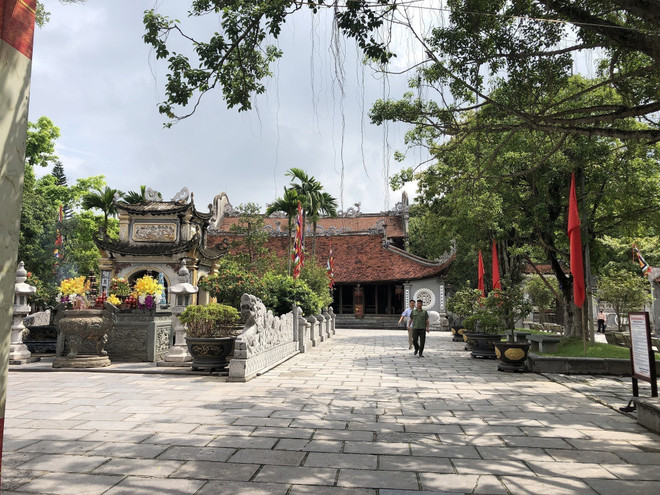
Ms. Nguyen Thi Lua, a resident of Thanh Dong ward, Hai Phong city (formerly Nguyen Trai ward, Hai Duong city, Hai Duong province) shared: “Hai Phong has been developing strongly. The merger of the two provinces and cities will make the new Hai Phong stronger, both dynamic, modern and rich in cultural identity and traditions. As residents, we are proud and ready to contribute to the development of the new city, especially preserving and promoting the traditional culture of the locality.”
Secretary of the Thach Khoi Ward Party Committee Nguyen Van Kien said that this special milestone opens up opportunities for comprehensive innovation in socio-economics, infrastructure, and tourism to improve the quality of life for the people. This is also an opportunity to maximize the potential and advantages of geographical location and cultural traditions to become a new growth engine for the region and the country.
"We will widely propagate so that cadres, Party members and people clearly understand the meaning and long-term purpose of the merger, create high consensus in society, promote the spirit of solidarity, initiative and responsibility throughout the system from the grassroots level," said Mr. Nguyen Van Kien.
According to Mr. Bui Tuan Anh, Head of the Department of Culture and Society of Gia Phuc Commune, Hai Phong, with the third largest economic scale in the country, needs to continue to enhance people's awareness of culture in sustainable development. The locality needs to organize classes and seminars on folk culture, traditional crafts and unique cultural values of the locality; restore and preserve traditional festivals to ensure the preservation of identity in line with modern trends.
People also hope that cultural promotion will receive more attention with many effective solutions, contributing to promoting tourism development and improving people's lives.
Mr. Nguyen Dinh Hien, Vice Chairman of Mao Dien Commune People's Committee, said that for sustainable development, the commune continues to coordinate with relevant sectors and functions to preserve and restore relics, build Mao Dien Temple of Literature into a cultural space, and educate the younger generation about traditions. The locality strengthens the promotion and support of people in exploiting cultural elements to develop community tourism models, experiential tourism, and OCOP products associated with local identity.
Mr. Nguyen Dinh Hien hopes that the city will have programs to support the preservation of communal culture, restore traditional festivals at risk of fading away, and train human resources to do grassroots cultural work.
According to Ms. Tran Thi Hoang Mai, Director of the Department of Culture, Sports and Tourism of Hai Phong, in the coming time, the Department will continue to advise the City People's Committee to implement major programs, projects and schemes. Typical examples include promoting the value of the World Heritage Complex of Con Son-Kiep Bac, Thanh Mai, Kinh Chu, Nham Duong; investing in the construction of the Thanh Long Lake eco-tourism area; building a scientific dossier to propose UNESCO to honor Trang Trinh Nguyen Binh Khiem; planning the preservation, restoration and rehabilitation of the world heritage site of Con Son-Kiep Bac; and establishing a plan for the special national relic of Mao Dien Temple of Literature.
The Department of Staff coordinated with Hung Yen province to complete and protect the Cheo art dossier to submit to UNESCO for recognition as a representative intangible cultural heritage of humanity; at the same time, review and evaluate the status of relics; continue to preserve and promote types of intangible cultural heritage.
Traditional values and cultural heritage of the Eastern Region have been and are affirming themselves as important spiritual resources for the development of Hai Phong in the new era.
Those resources need to be inherited and continued to create a solid foundation for the process of building Hai Phong city not only as a growth pole in the North but also as a city reaching out to Asia in the near future./.
Lesson 1: Hai Phong - heroic spirit from the ancient port
Lesson 3: Building an urban government close to the people
Source: https://www.vietnamplus.vn/hai-phong-vung-dat-hoc-giau-di-san-trong-nhip-dap-thoi-dai-post1055844.vnp



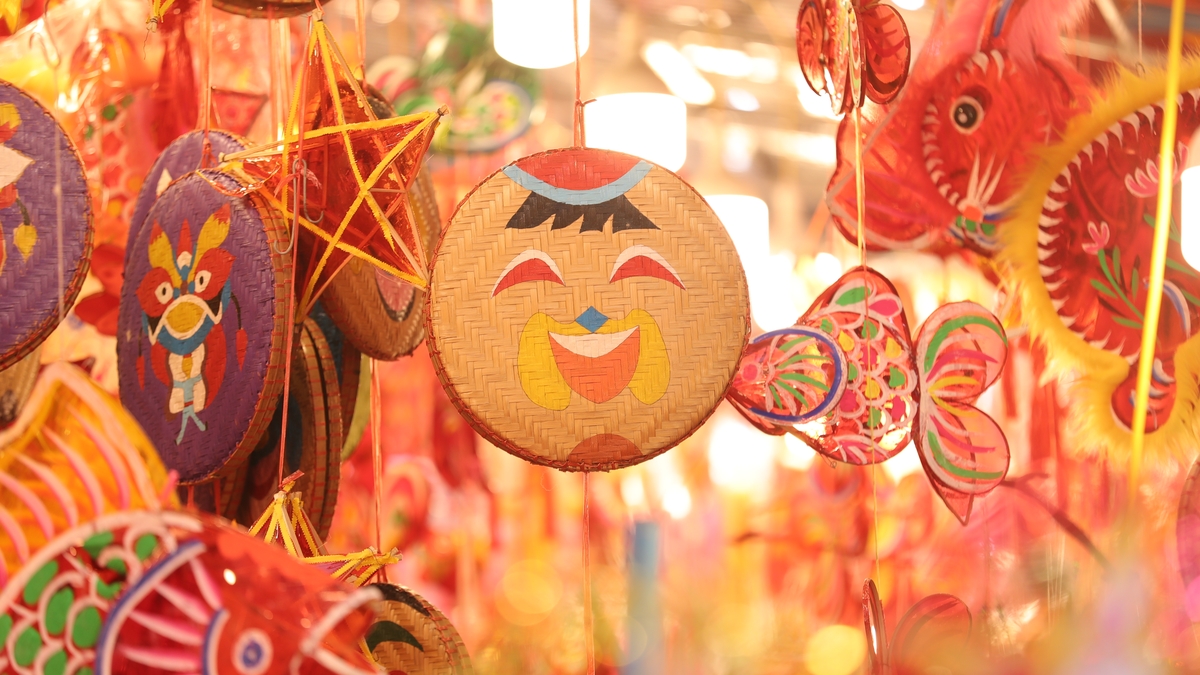

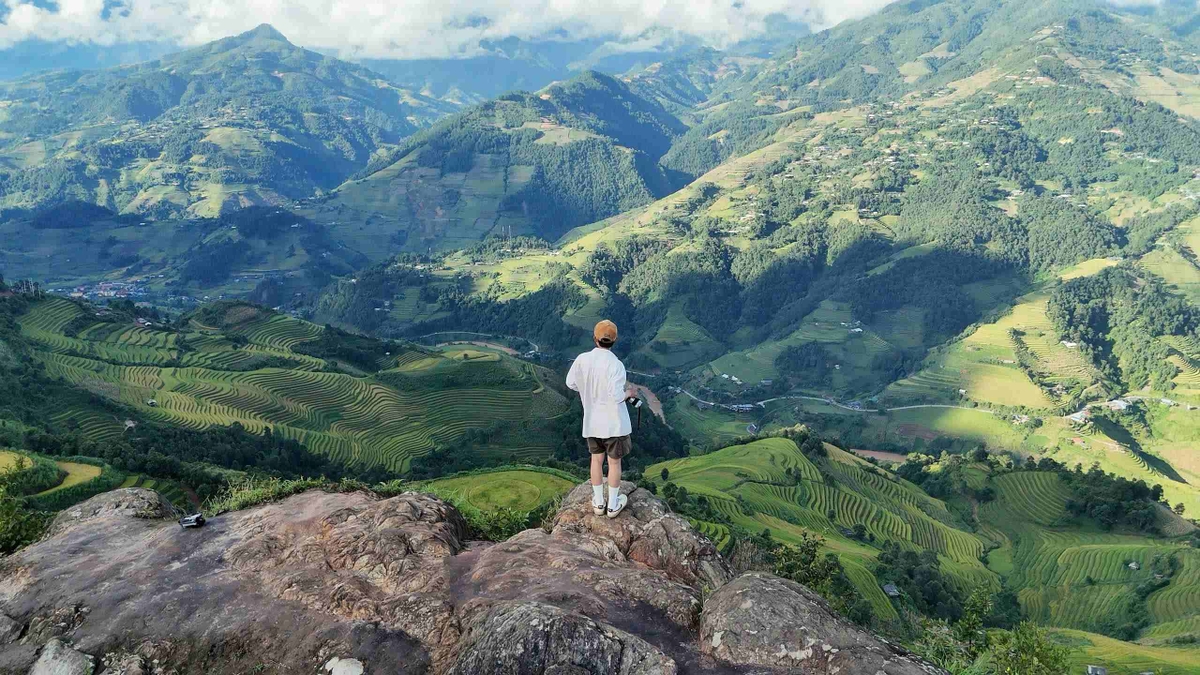


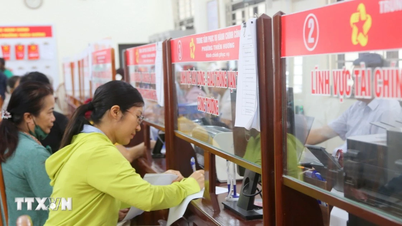
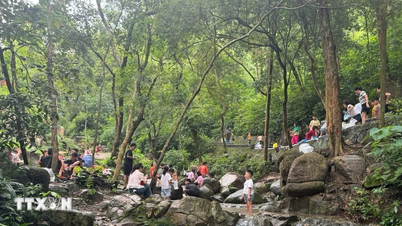



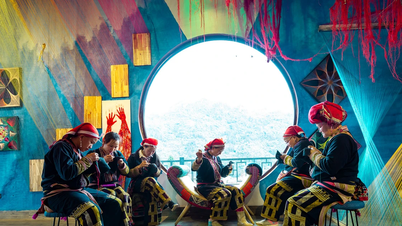


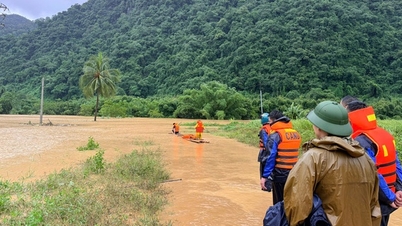

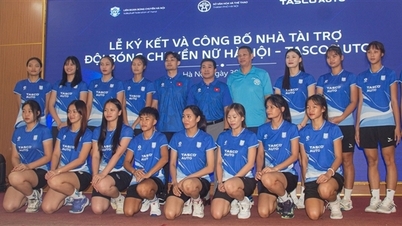




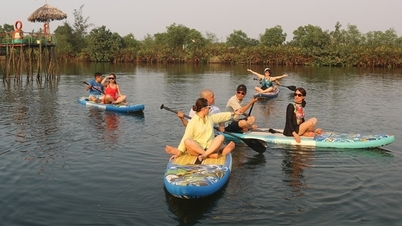
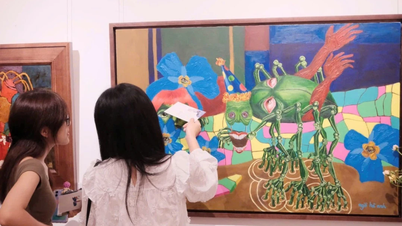


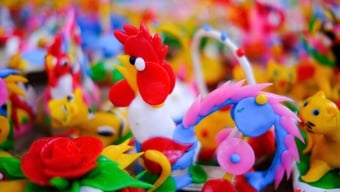

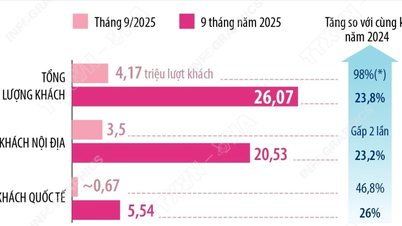
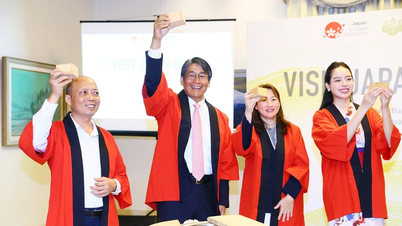

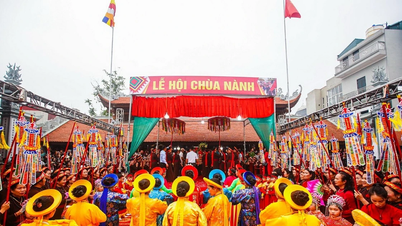
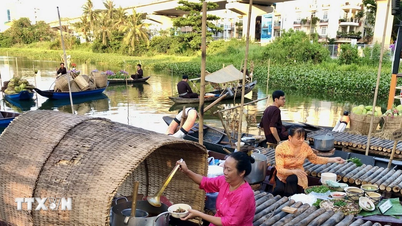
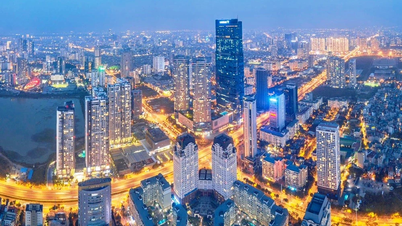

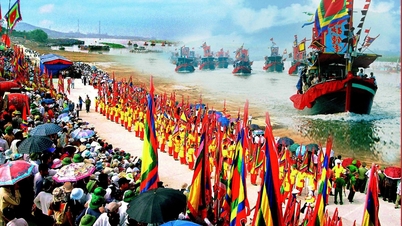



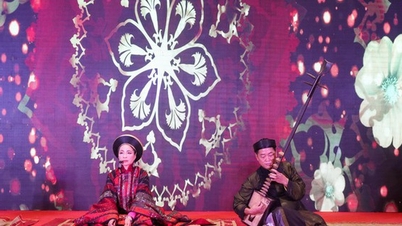

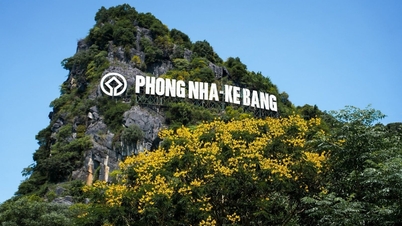
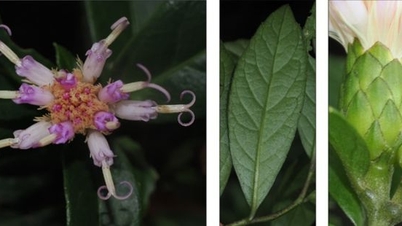

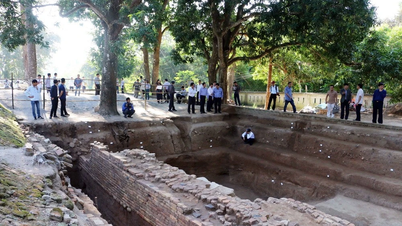
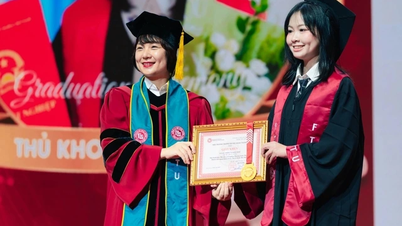

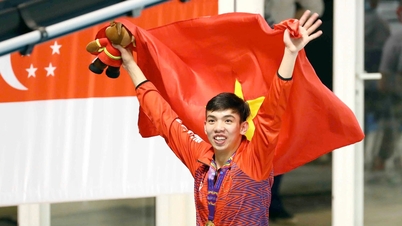

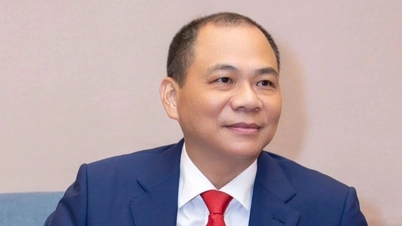

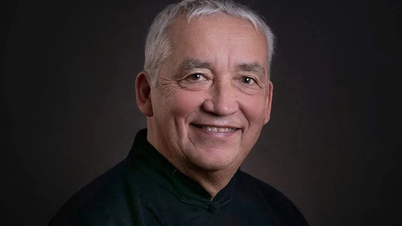





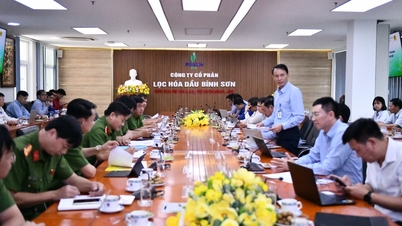
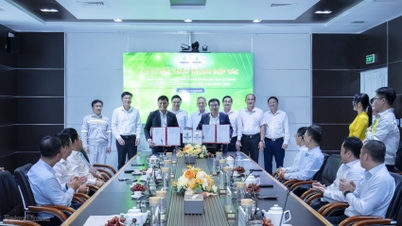


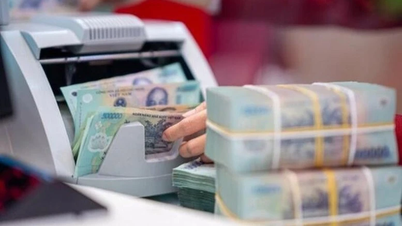






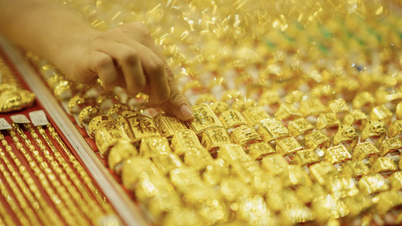
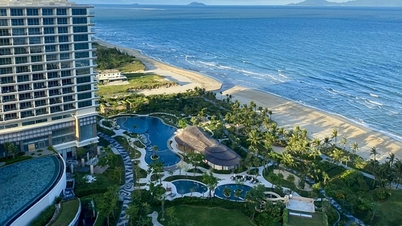

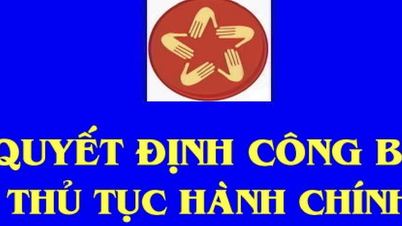
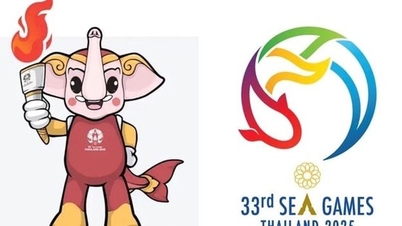


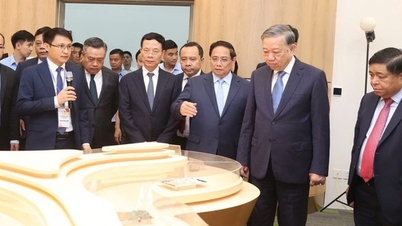
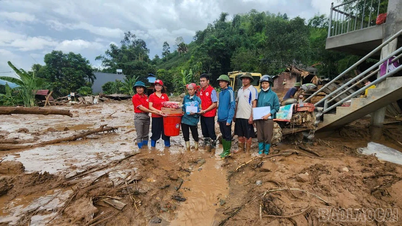


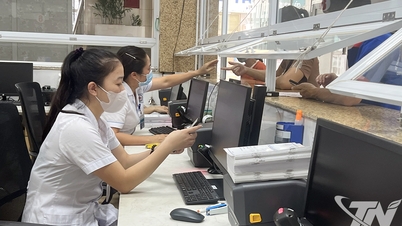





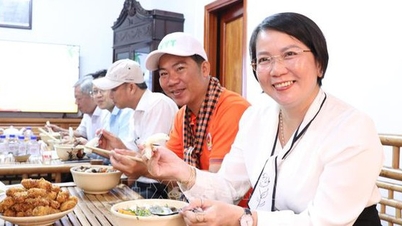






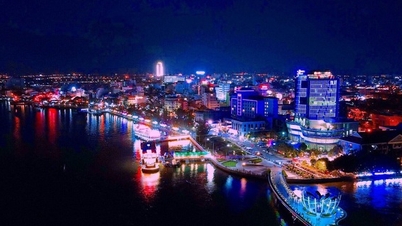


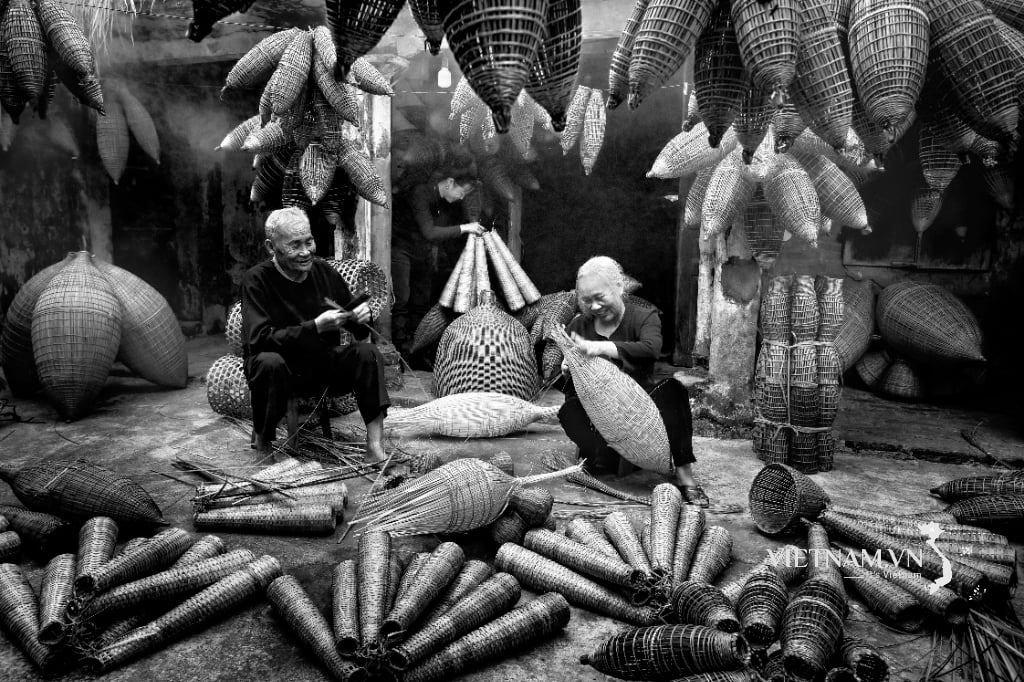

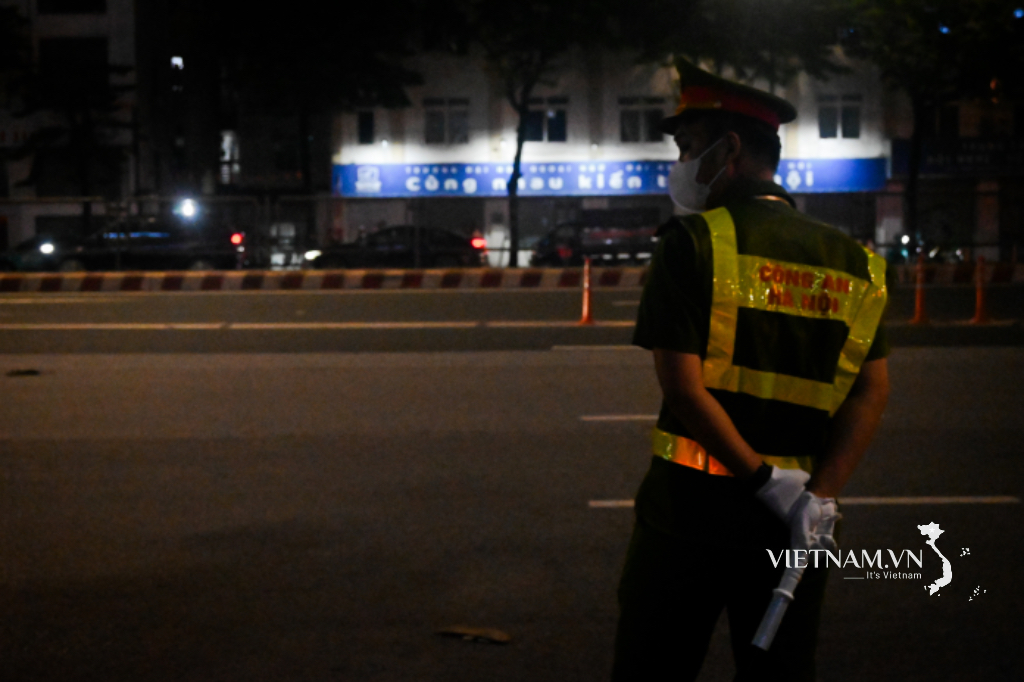
Comment (0)